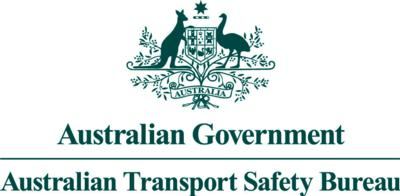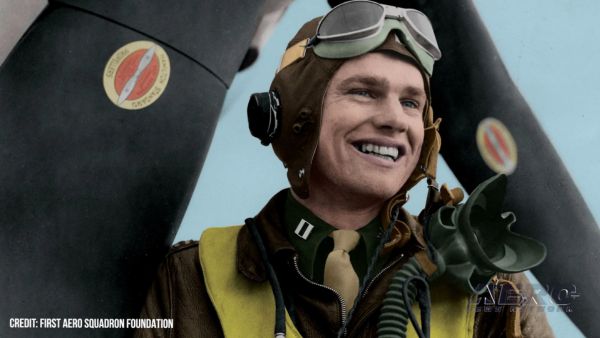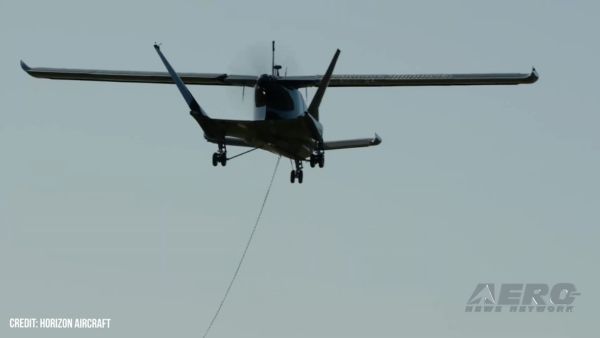Report Covers Ten Years Of Data To Provide Insights, Identify Possible Trends
The ATSB has released its annual statistical review of Australian aviation safety occurrences, Australian Aviation Safety Occurrences, 2007 – 2016.

The report brings together information over ten years, from 2007 to 2016, to provide insights into current and possible future trends in aviation safety, and takes a detailed look at the accidents and serious incidents in 2016 for each type of aircraft operation.
ATSB Chief Commissioner Greg Hood said the report provides important information for the aviation industry, manufacturers and policy makers, as well as the travelling and general public, on aviation transport safety.
“By comparing accident and occurrence data across aviation operations types, the ATSB is able to identify emerging trends, further areas for research and take steps to recommend pre-emptive safety actions,” Hood said. “While I am grateful that there were fewer fatalities in the aviation sector in 2016 than in any previous year recorded by the ATSB, any loss of life is a poignant reminder of the importance of our work to better understand the multilayered causes of aviation safety occurrences.
In 2016, nearly 230 aircraft were involved in accidents in Australia, with 291 involved in a serious incident (an incident with a high probability of an accident). Across the different operation types:
- commercial air transport operations experienced one fatality from 15 accidents
- general aviation experienced 10 fatalities from 119 accidents
- recreational aviation had 10 fatalities from 63 accidents.
Nine of the 15 fatal accidents involved aeroplanes. Three helicopters and two powered weight shift aircraft were also involved in fatal accidents. There were no fatalities in either high or low capacity regular public transport (RPT) operations.
The report also provides insights into an emerging trend in transport safety—the increased use of remotely piloted aircraft (RPA). In 2016, RPAs surpassed helicopters as the second highest aircraft type for reported accidents; however, there were no collisions with other aircraft, fatalities or serious injuries relating to RPA reported to the ATSB. While the consequences of an accident involving an RPA have been low to date, their increased use, and possible interactions with traditional aviation, will continue to be monitored closely by the ATSB.
\Hood said the report highlights the importance of effective and timely reporting of all aviation safety occurrences. “This is not just for the potential of initiating an investigation, but to allow further study and analysis of aviation transport safety,” Mr Hood said.
For more information on the increased use of remotely piloted aircraft and its safety implications read the ATSB report: A safety analysis of remotely piloted aircraft systems 2012 to 2016: A rapid growth and safety implications for traditional aviation.
(Source: ATSB news release)
 ANN's Daily Aero-Term (05.19.24): Back-Taxi
ANN's Daily Aero-Term (05.19.24): Back-Taxi Aero-News: Quote of the Day (05.19.24)
Aero-News: Quote of the Day (05.19.24) Aero-News: Quote of the Day (05.20.24)
Aero-News: Quote of the Day (05.20.24) ANN's Daily Aero-Term (05.20.24): Blind Speed
ANN's Daily Aero-Term (05.20.24): Blind Speed ANN's Daily Aero-Linx (05.20.24)
ANN's Daily Aero-Linx (05.20.24)



